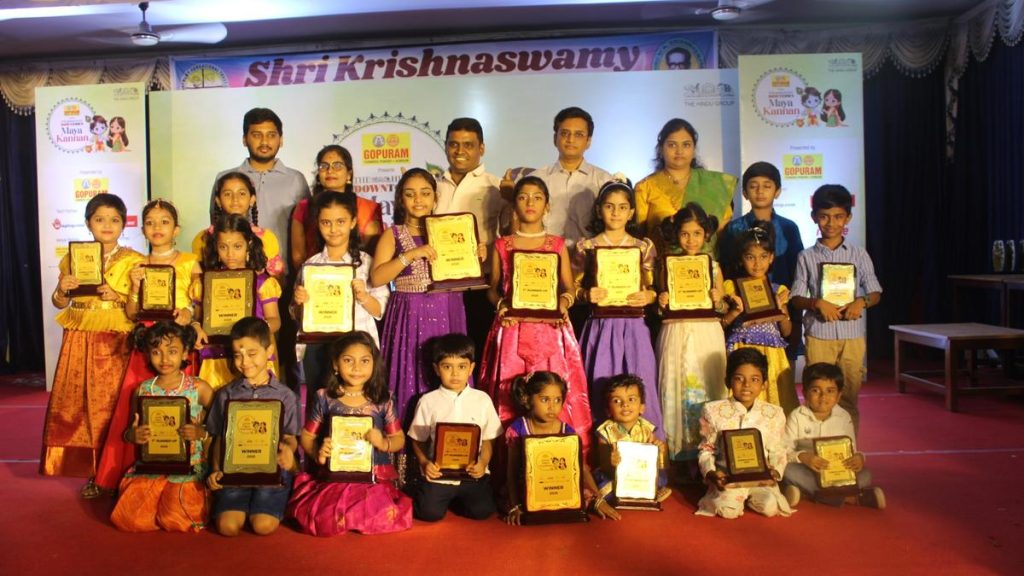Now Reading: Top Beginner Binoculars 2025: Affordable and Versatile Picks
-
01
Top Beginner Binoculars 2025: Affordable and Versatile Picks
Top Beginner Binoculars 2025: Affordable and Versatile Picks

Quick Summary
- Focus: A guide on selecting beginner binoculars for stargazing, birdwatching, and general observation.
- Main Recommendations:
– Nikon Prostaff P3 8×42 (Best Overall): Excellent optics; waterproof; light design but lacks a pleasant neck strap.
– Nikon Aculon A211 10×50 (Best for Stargazing): Radiant images with a wide field of view; bulky design and minimal eye relief for glasses users.
– Celestron Cometron 7×50 (best for Kids): Lightweight and affordable with good basic optics; not water-/drop-proof.
- Binocular designs range from budget-amiable to rugged models suited for kids or versatile scenarios like outdoor adventures or astronomy enthusiasts.
Read more about each product here.
Indian Opinion Analysis
While this article highlights beginner-friendly binocular options in detail, its relevance extends to the broader interest in astronomy that has been steadily growing globally – including India’s active role in space exploration.India could benefit from encouraging younger audiences toward hobbies like stargazing,fostering curiosity about science and the universe. Affordable and kid-friendly models such as the Celestron Cometron could provide accessible opportunities in urban or rural settings where telescopes might be less practical.
The focus on entry-level products also reflects increasing democratization of technology-related hobbies worldwide, which aligns with trends seen in India’s push for STEM education among youth through initiatives like Science Olympiads or ISRO outreach programs.
Essentially, amateur stargazers could find these products useful not only for leisure but possibly as stepping stones toward careers inspired by India’s advancements in planetary research missions such as Chandrayaan or Aditya-L1 exploration endeavors.
Quick Summary
- The article reviews entry-level binoculars suitable for beginners, with features appealing to nature enthusiasts and casual skywatchers.
- Models covered include Nikon Prostaff P3 8×42, Nikon 10×50 Aculon A211, Celestron Cometron 7×50, Olympus 8×25 WP II, celestron Nature DX ED 8×42, and Opticron Adventurer T WP 8×42.
- Key specifications like magnification (ranging from 7x to 10x), aperture sizes (25mm to 50mm), eye relief (11.8mm-20.2mm), weight (260g-899g) are highlighted alongside performance metrics such as angular fields of view and optical quality.
- Focus areas include affordability, durability for outdoor conditions such as waterproofing and fog resistance, user comfort designs like large exit pupils or lightweight constructions aimed at extended use by children or beginners.
- Binocular models vary in their suitability for stargazing and day-to-day use; some excel in image clarity while others trade performance for budget-conscious pricing.
Image Credits: Various images showcase the physical design of reviewed binoculars from brands like Olympus and Celestron.
Read more: Best beginner binoculars comparison
Indian Opinion analysis
The examination of beginner-friendly binocular models underscores India’s growing consumer interest in hobbies like astronomy and birdwatching-reflecting broader trends towards affordable leisure activities aligned with rising disposable incomes outside urban centers. lightweight designs tailored for children may also cater well within India’s education initiatives encouraging scientific curiosity among youth.
Brands such as Celestron emphasize accessibility through cost-effective yet durable technology-potentially resonating well considering india’s monsoon-heavy climate when waterproof/fog-proof gear is crucial outdoors-be it trekking Northern hill regions telescope kit – Could missing Data hamper Article conclusion logic–Quick Summary
- The article provides a guide on selecting and using binoculars for stargazing and wildlife observation.
- Recommendations include:
– Nikon 10×50 Aculon A211 for observing nebulas,starfields,and detailed objects with a tripod.
– Nikon Prostaff P3 8×42, noted for medium magnification (8x) and wide field of view, making it apt for handheld use.
- Binocular selection depends on budget and observation targets: higher magnifications require tripods while mid-range magnifications (such as 8x or 10x) are suitable for general planetary or constellation viewing.
- Binocular features like lens coatings (e.g., silver alloy), image stabilization, and build quality can enhance viewing experiences based on price point.
Images of binoculars testing highlight varied models tailored to beginners by considering weight, optical performance, distortions, and use cases like scanning the milky Way or observing galaxies more closely.
Indian Opinion Analysis
Stargazing enthusiasts in India might find the article’s guidance helpful in choosing equipment suited to their needs amid growing interest in amateur astronomy nationwide.Affordable models such as those mentioned can make celestial observation accessible across various settings-from urban terraces to rural open spaces unaffected by light pollution. Additionally, emphasizing mid-range magnification options suggests inclusivity for beginners without specialized setups like tripods.
As india aims to expand public engagement with space research via ISRO initiatives such as AstroSat observations or planetarium programs, access to cost-effective tools aligns well with ongoing efforts at science communication outreach fostering scientific curiosity among citizens.

























